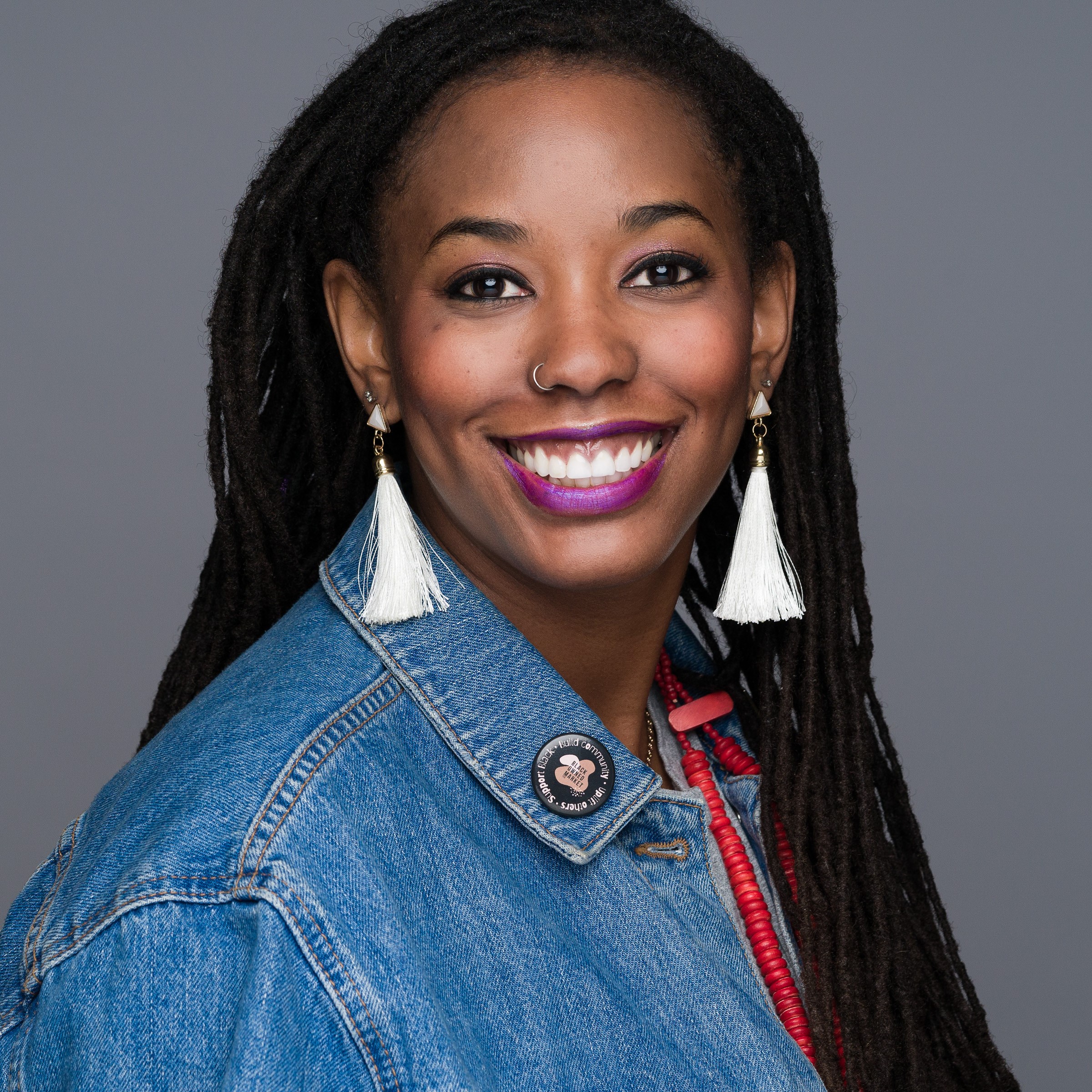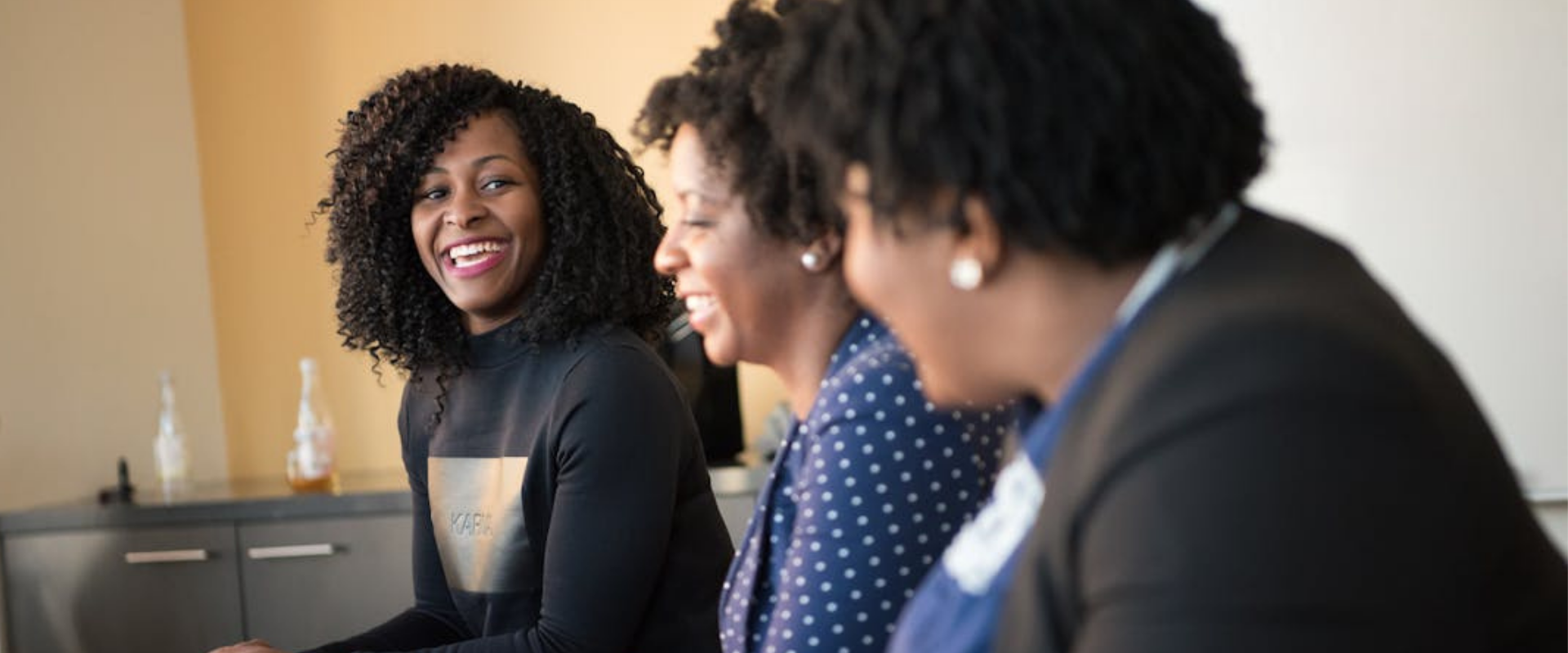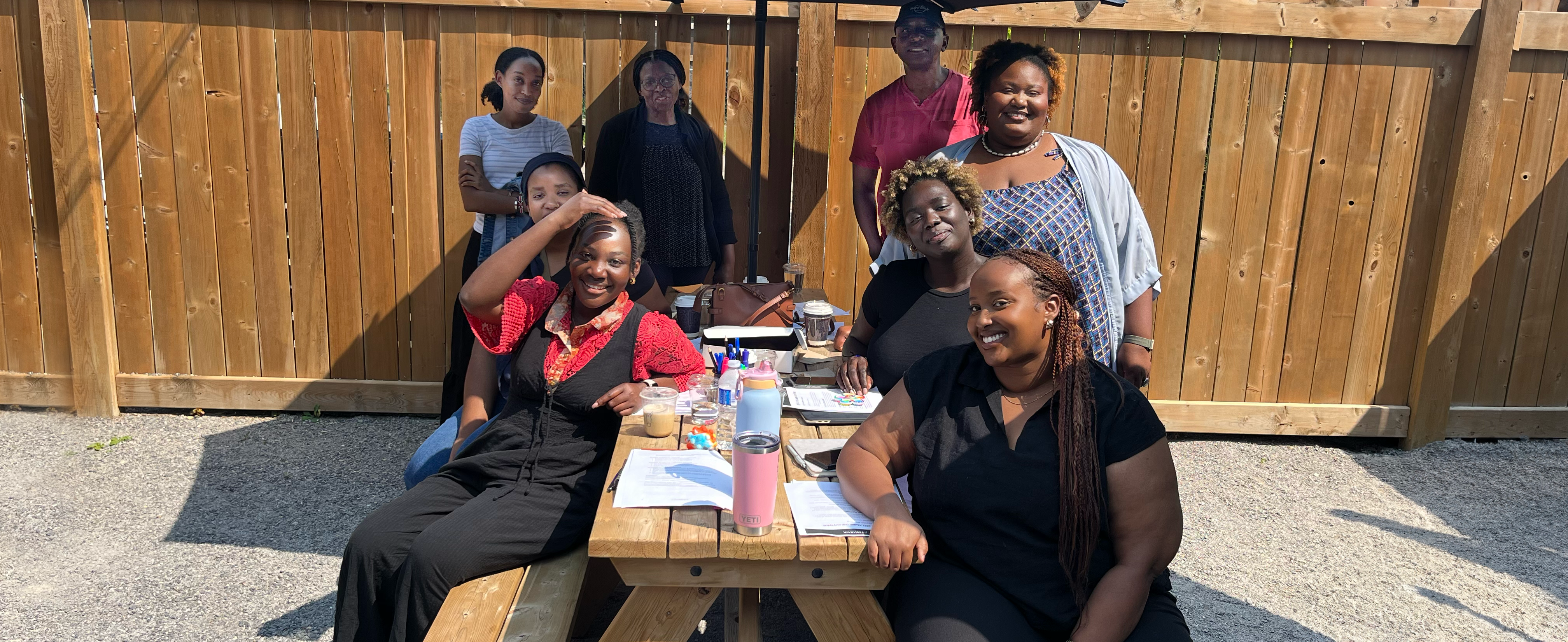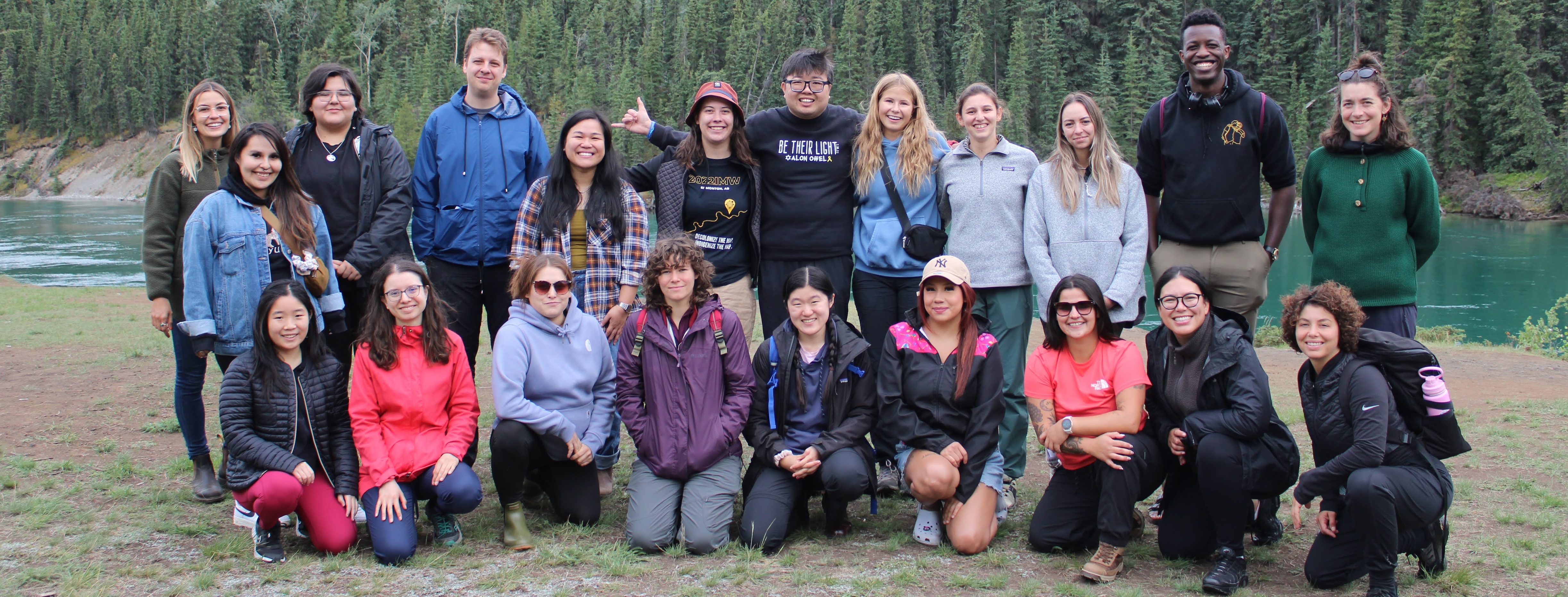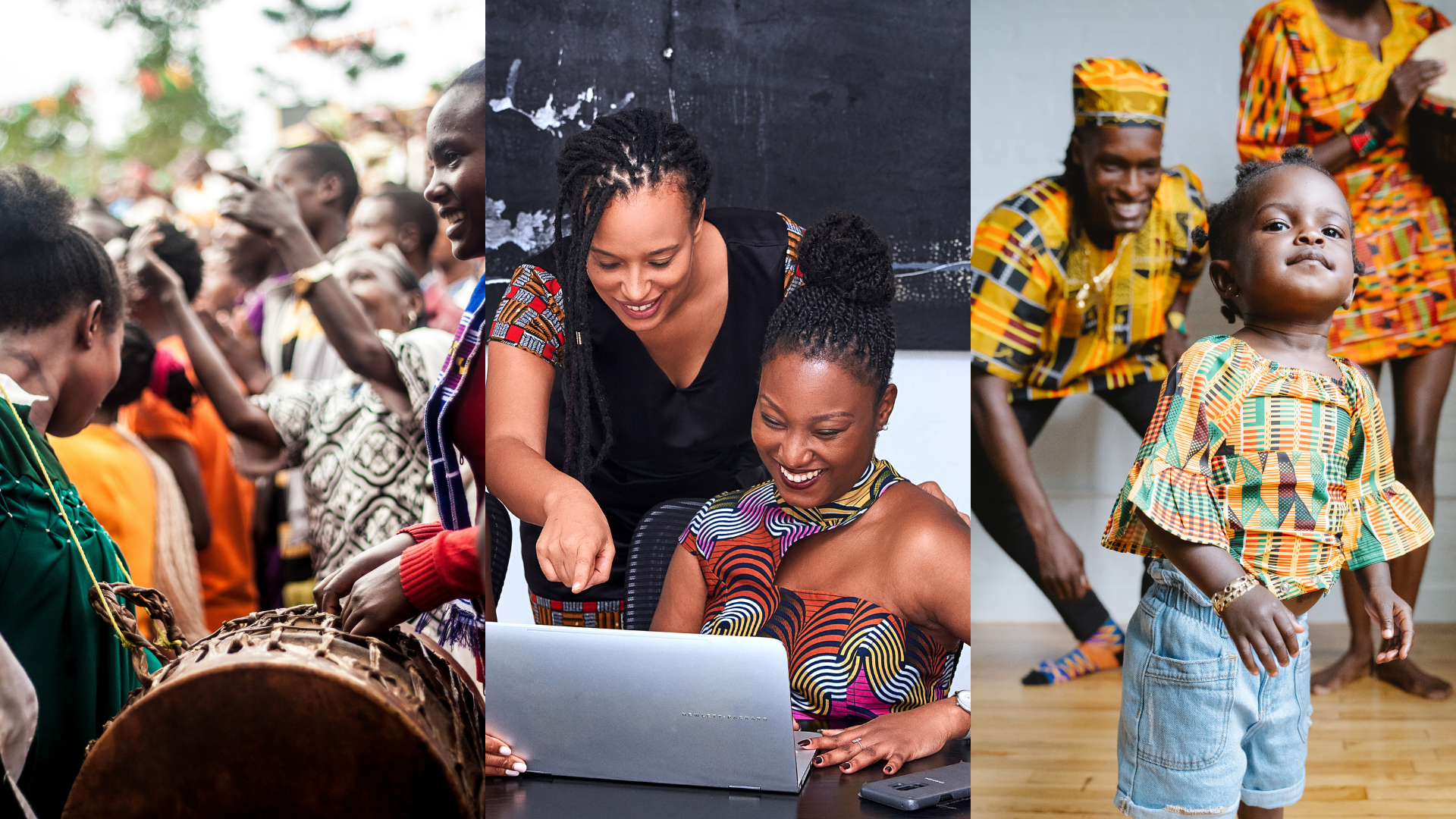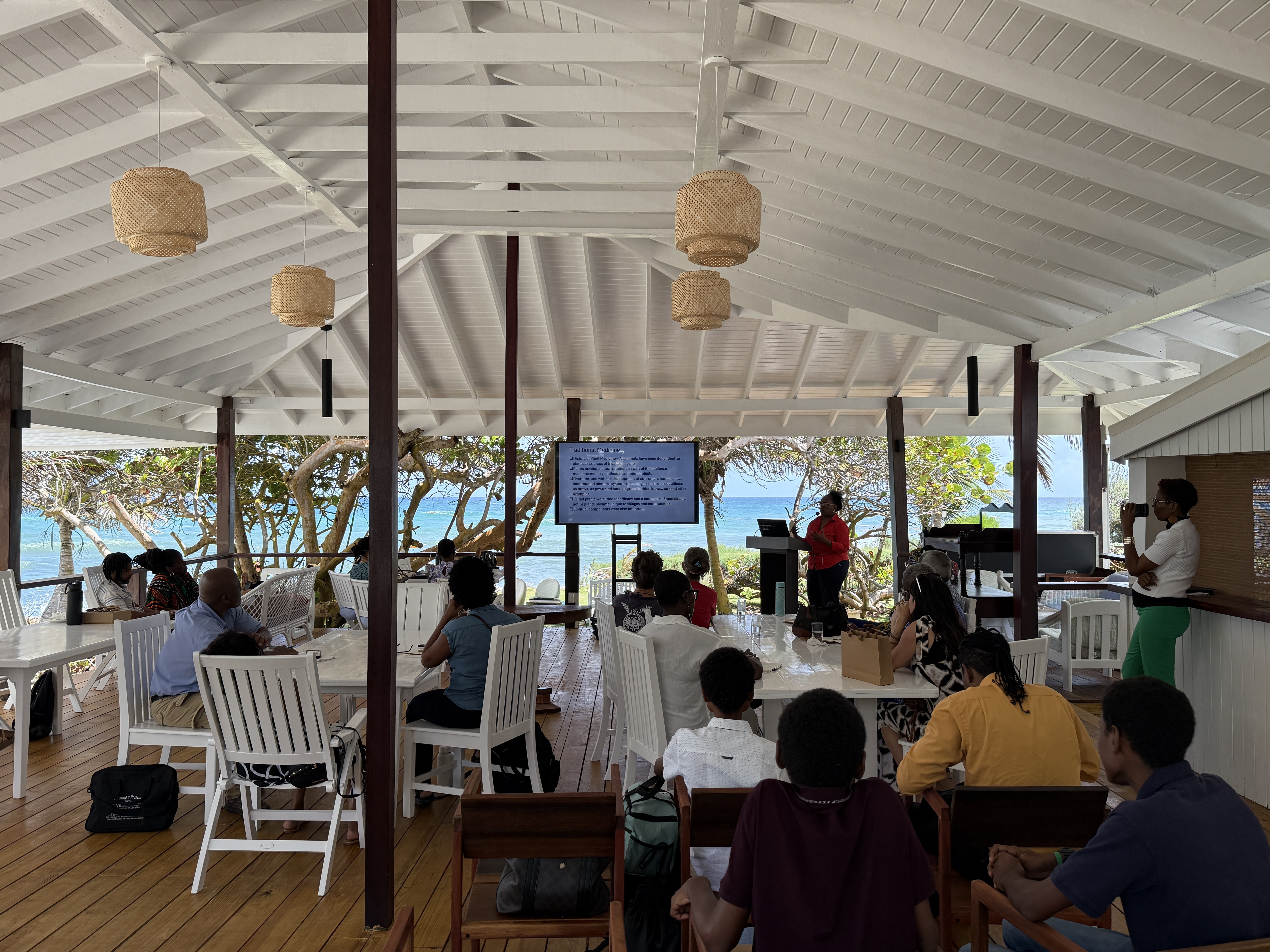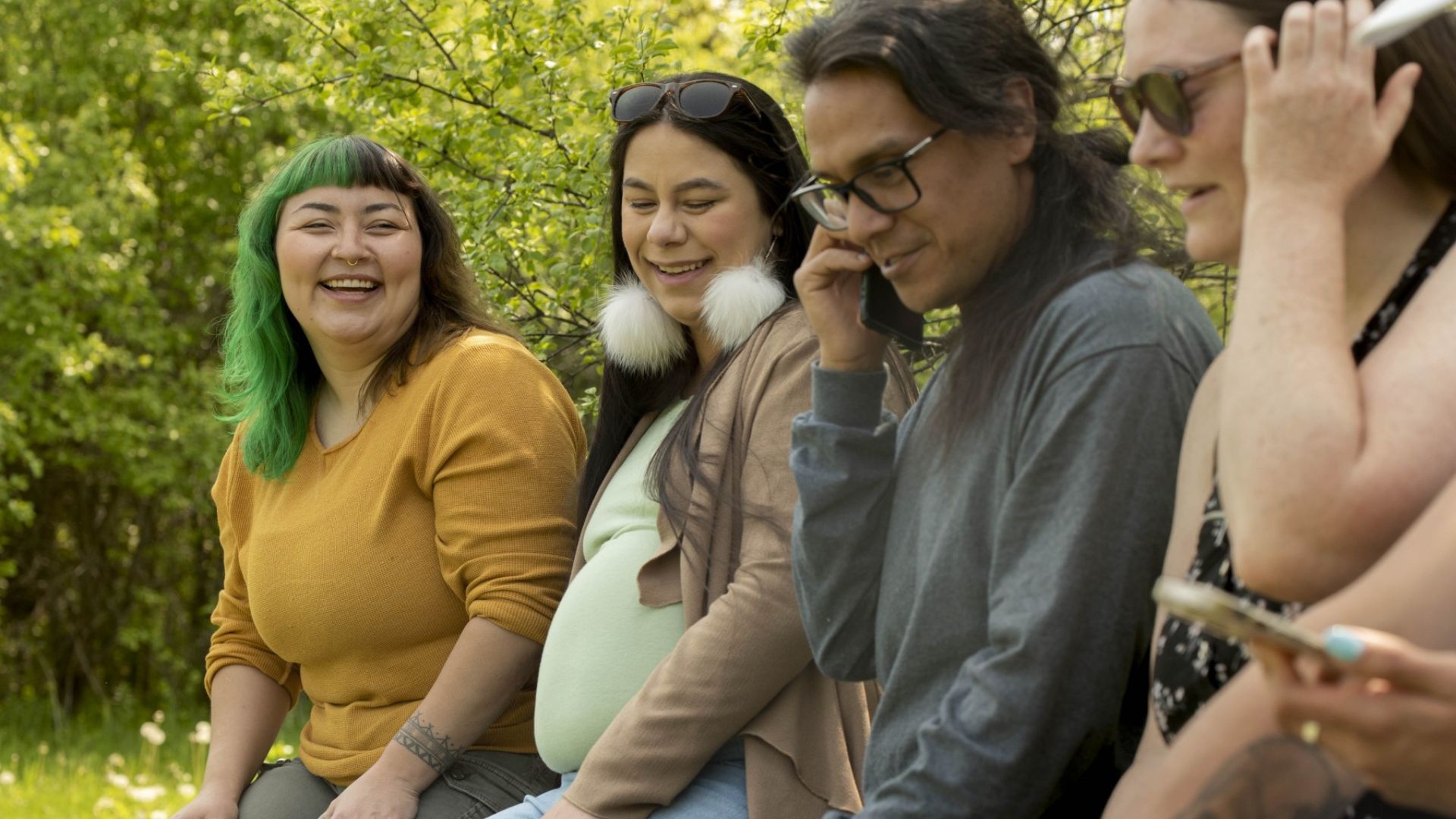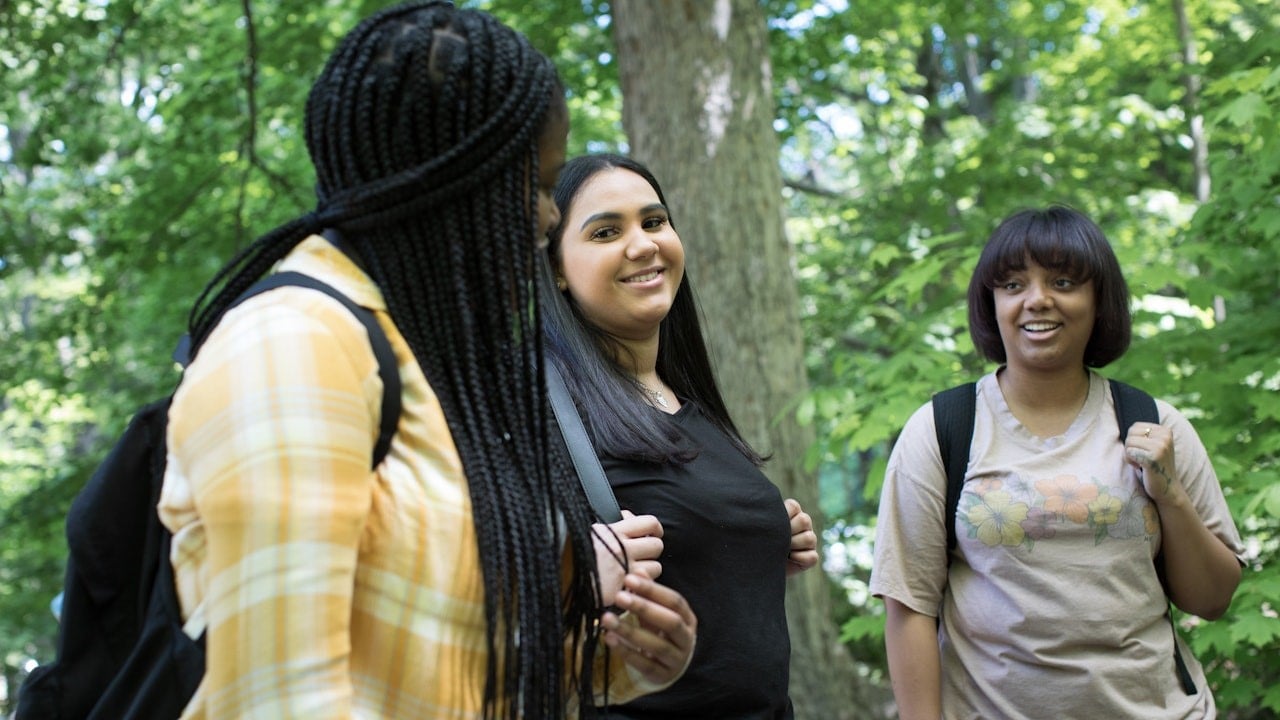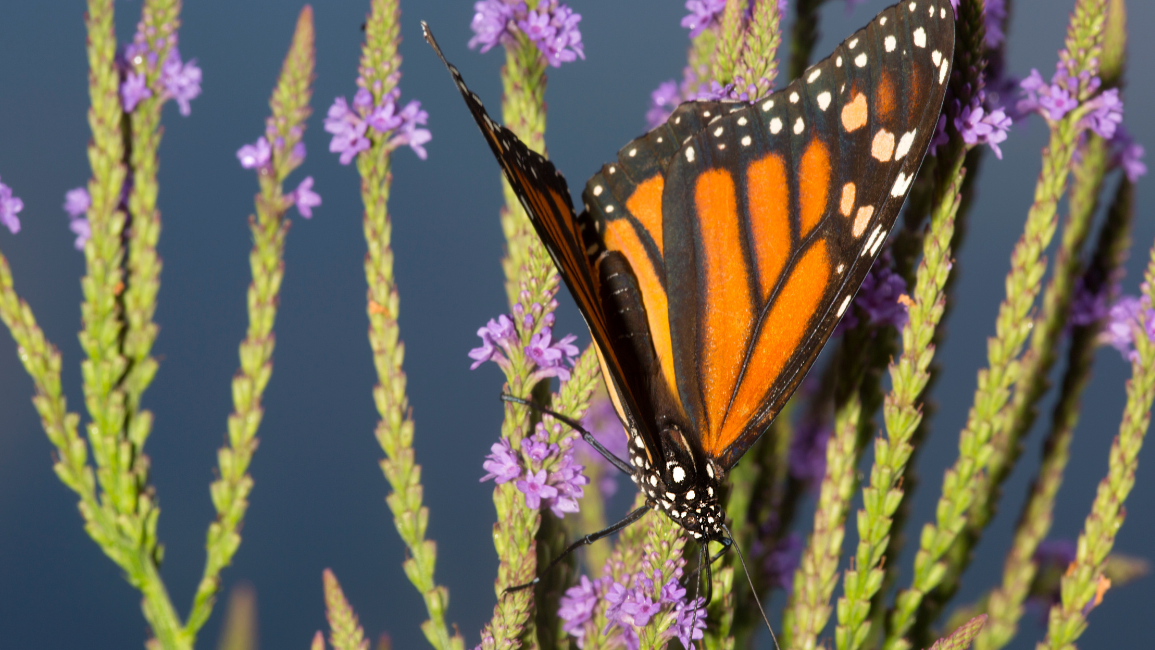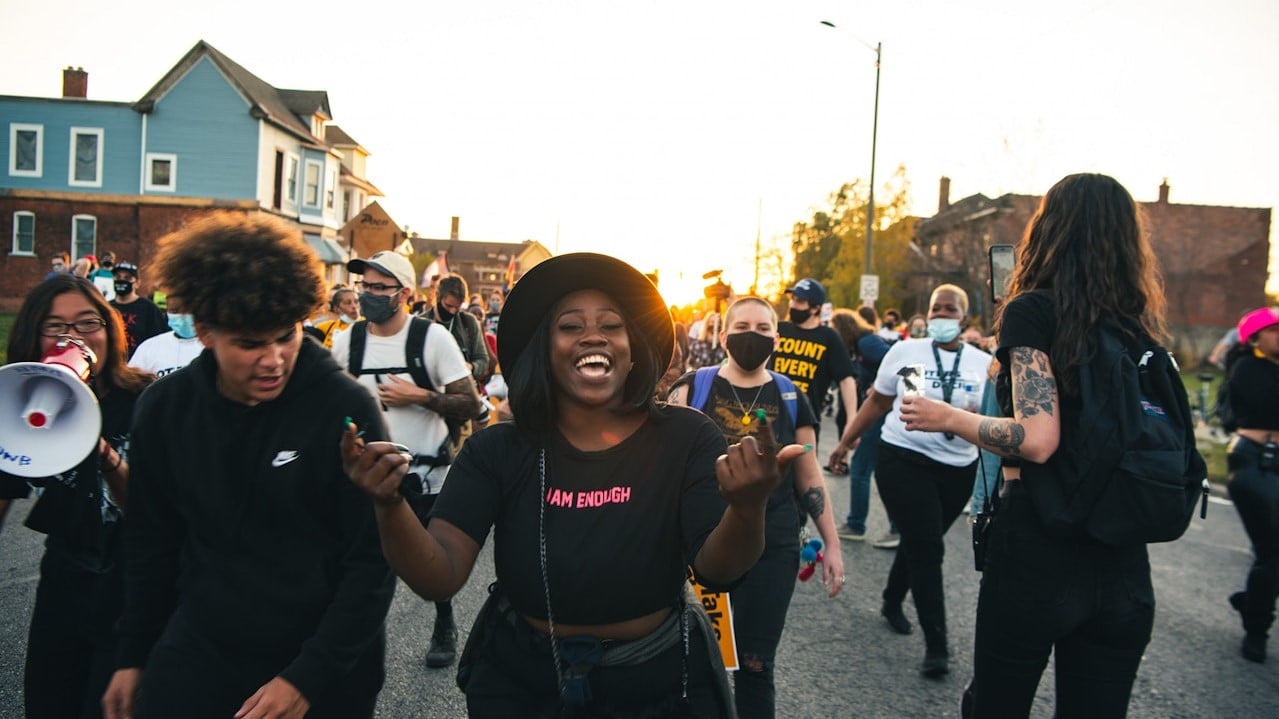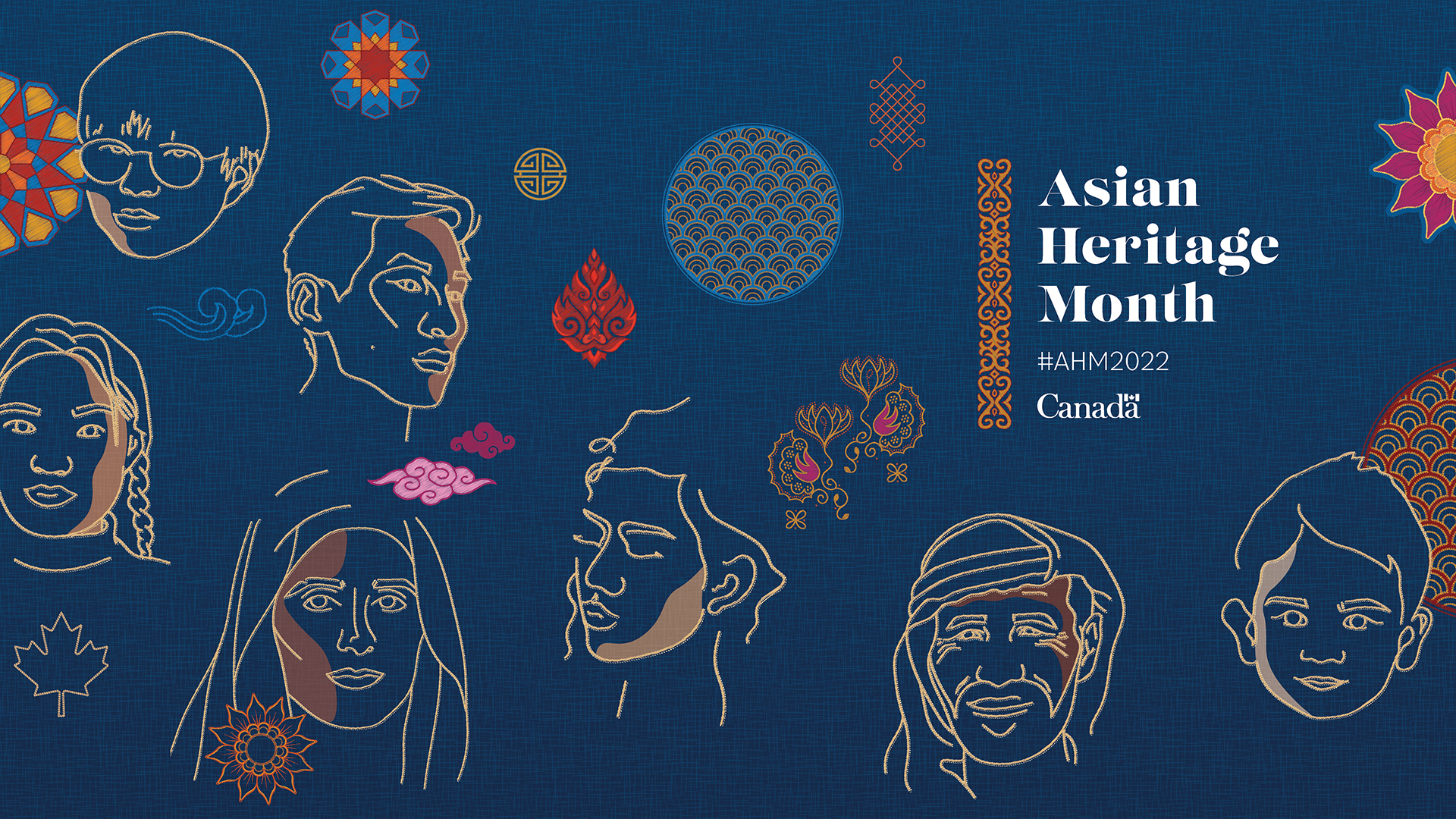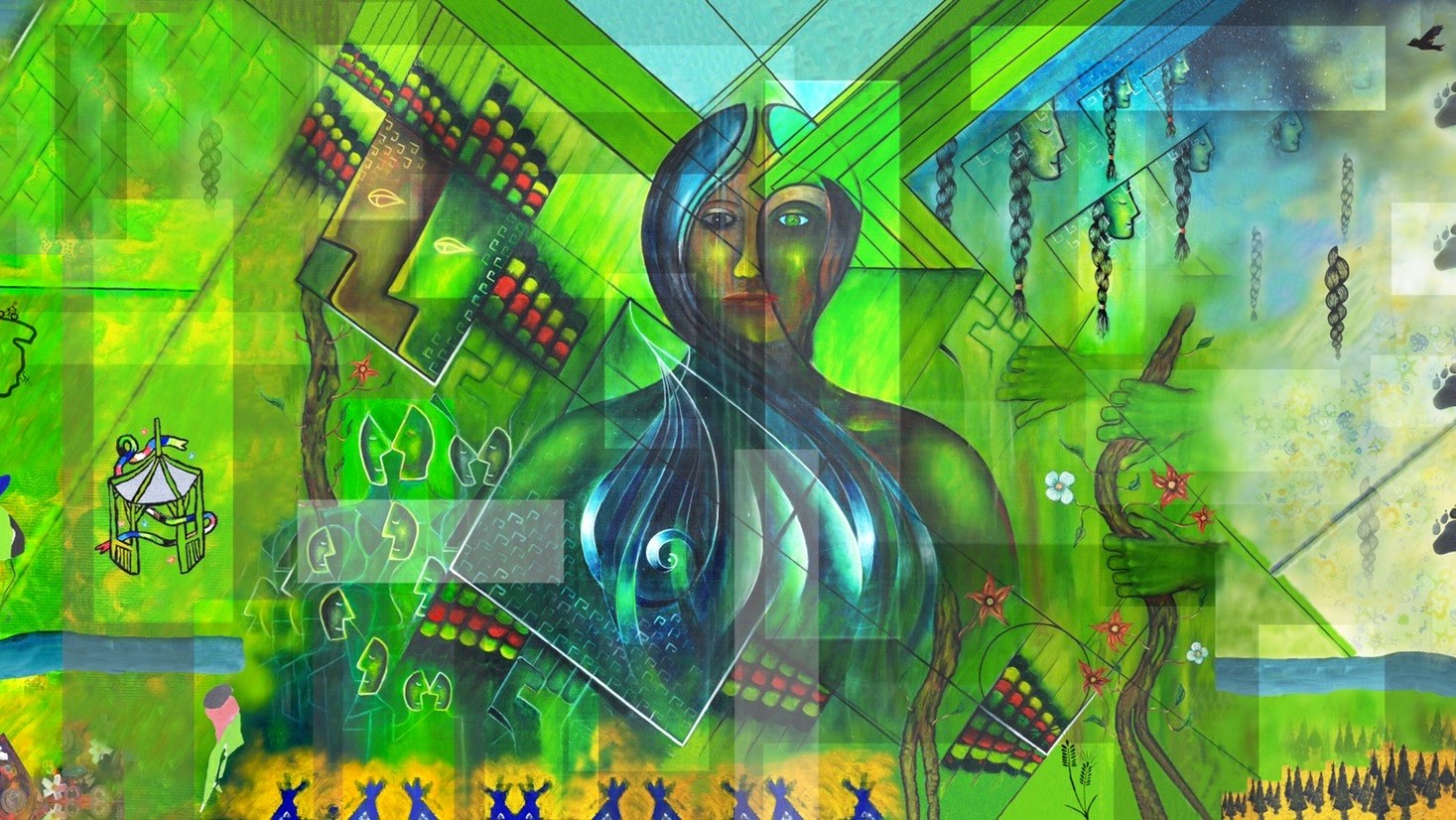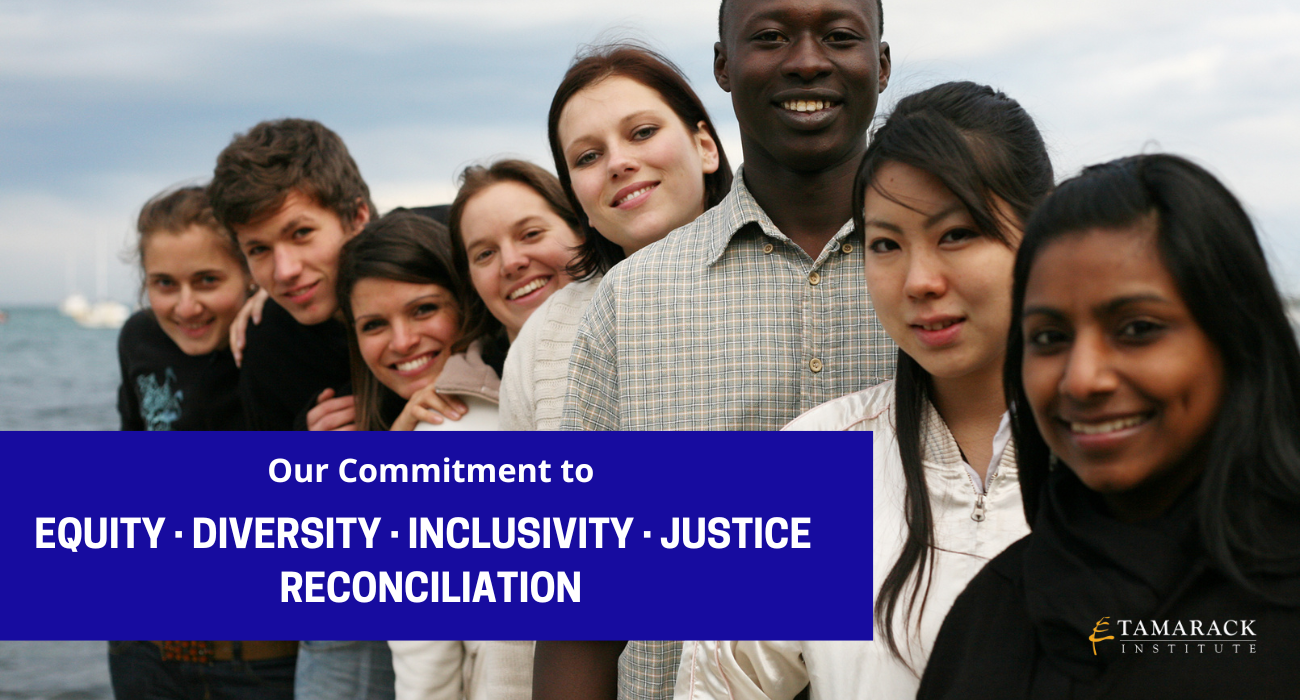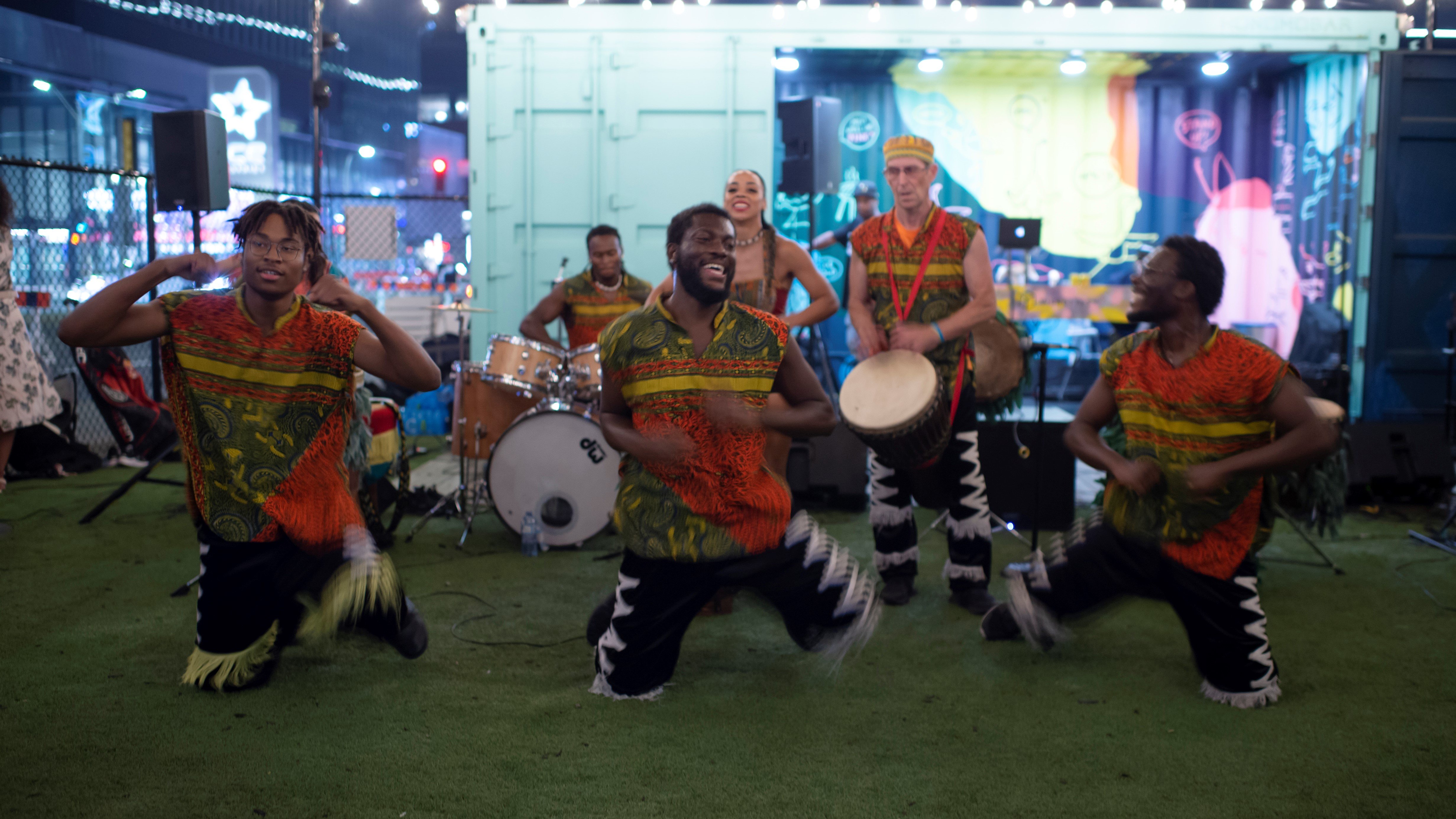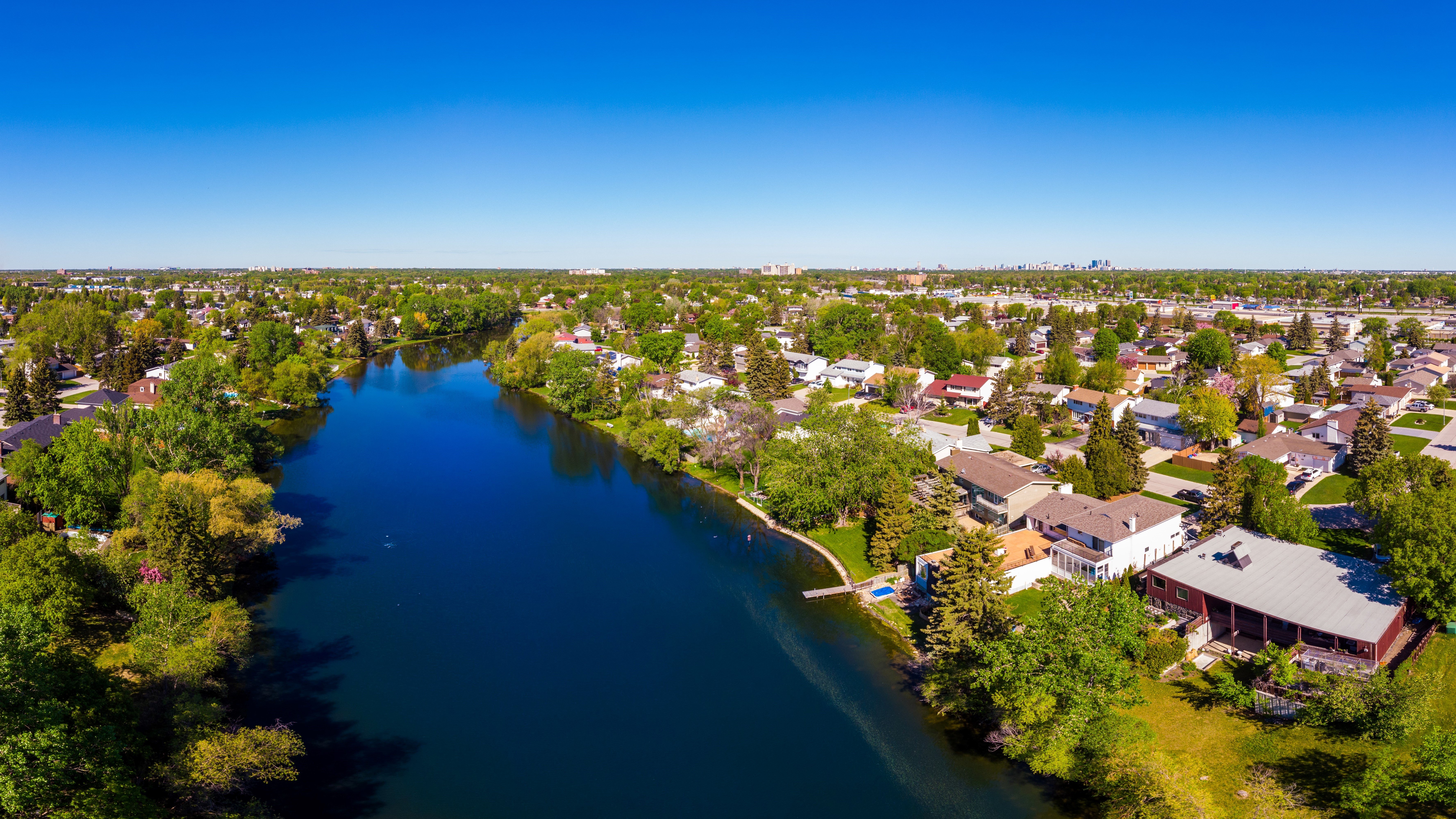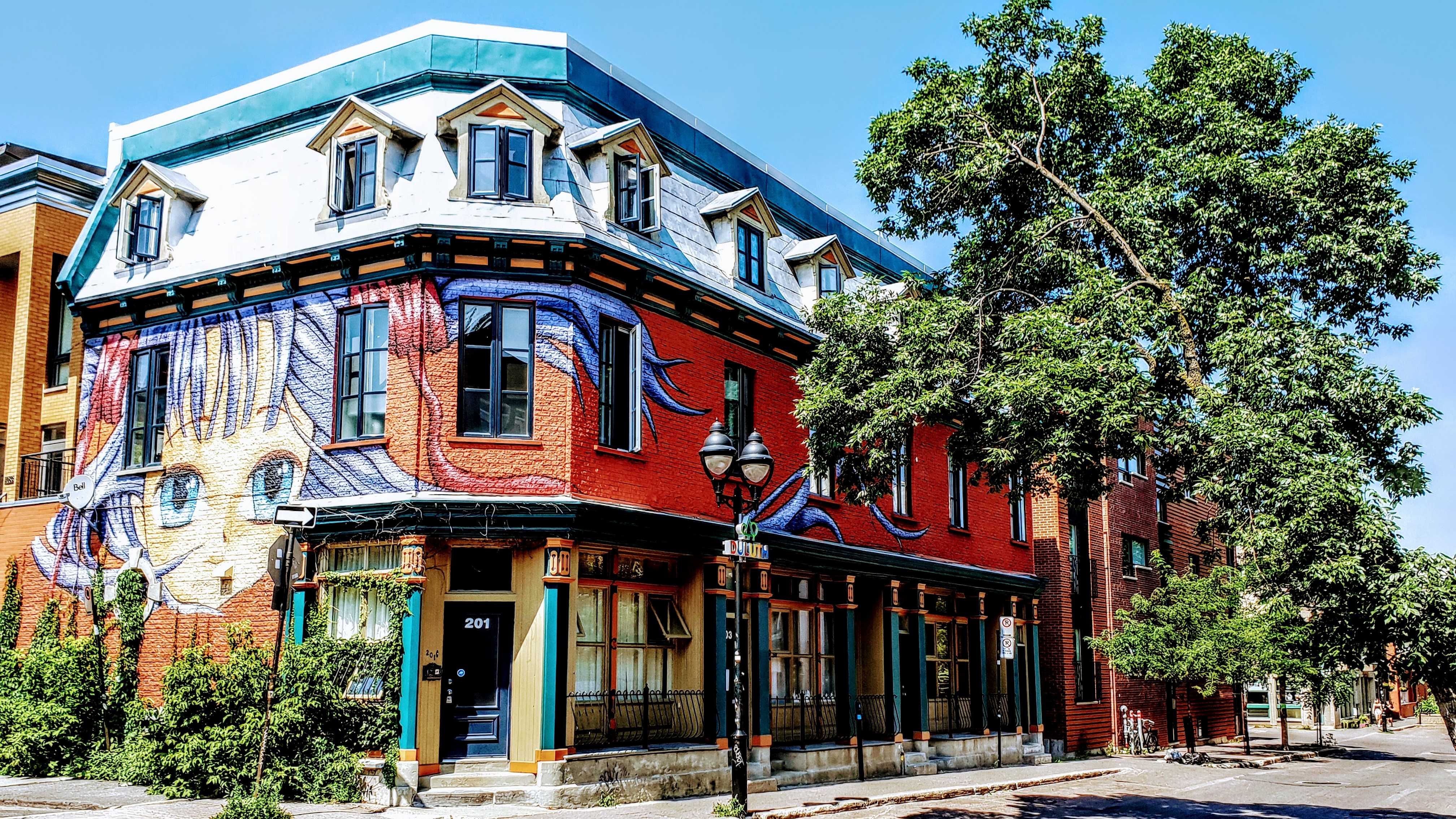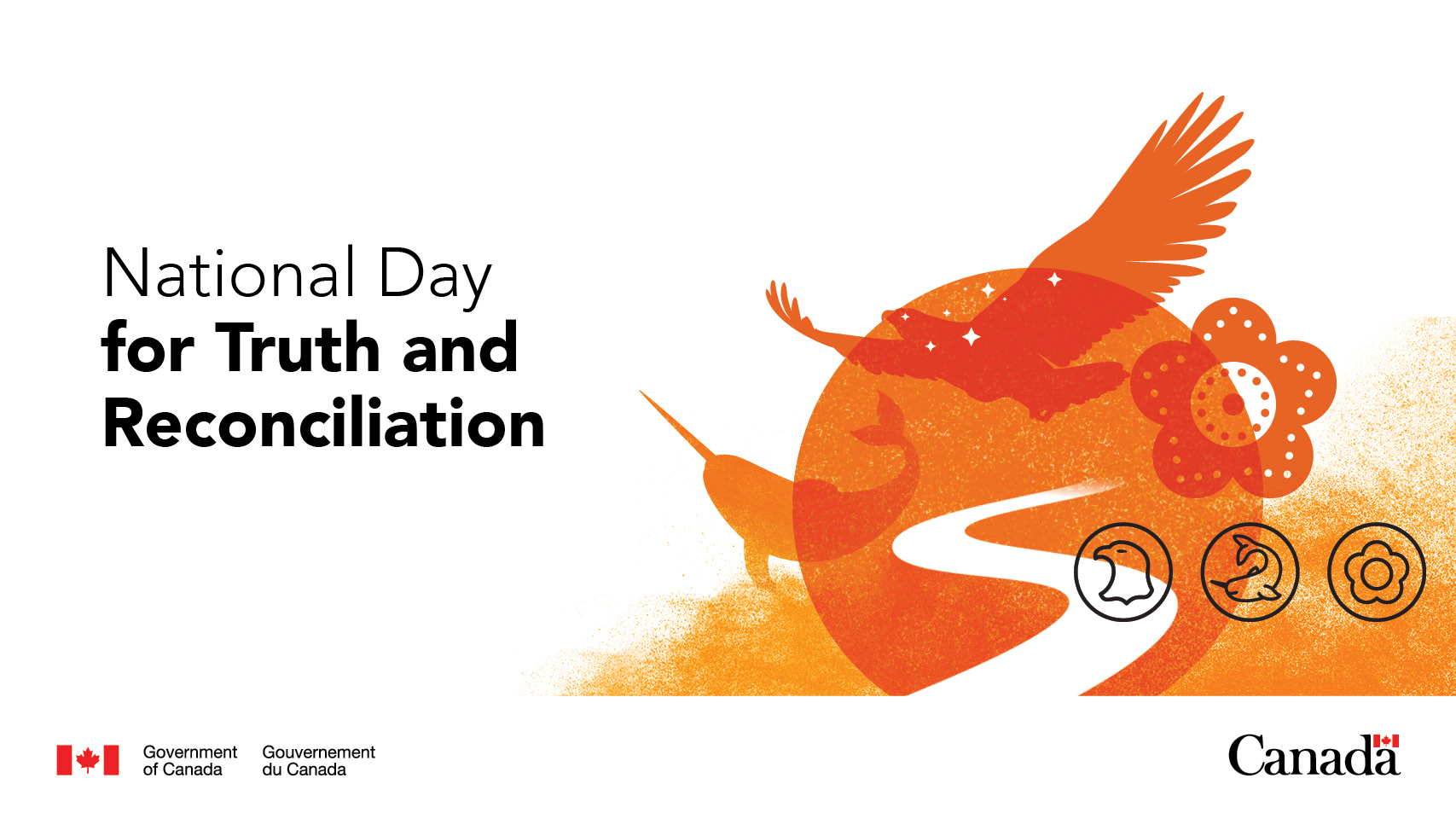Cette ressource est également disponible en français. Pour y accéder, veuillez cliquer sur l’icône du globe dans le coin supérieur droit de la page et choisir Français – Canada.
The Tamarack Institute is a registered Canadian charity dedicated to ending poverty in all its forms, for good. A large part of that work is a commitment to equity and justice for all. This guide, along with Tamarack's other equity, diversity, inclusion, justice, and reconciliation resources, is part of this journey.
In this guide, you will find:
-
Resources to create land acknowledgements
-
Examples
-
Our commitments
-
Reflection questions
This guide will walk you through the commitments Tamarack has made to our own land acknowledgements, while also guiding members, learners, and partners alike in the reflection and creation of their own acknowledgements.
Land acknowledgements and personal reflection statements are an opportunity for us, as individuals and as members of the Tamarack team, to affirm our commitment to the history, promises and problem-solving surrounding the truth and reconciliation process.
The reflection and acknowledgement practice represents for each of us an opportunity to learn more about the history of Turtle Island and the roles we hold in colonialism, racism, and injustice and their implications in the contemporary context. It also serves as an opportunity for each of us to reflect on how we can use our institutional power to move forward the needle of reconciliation and shed light on historical injustices.
Photograph sourced from CIRA Indigenous stock images.



